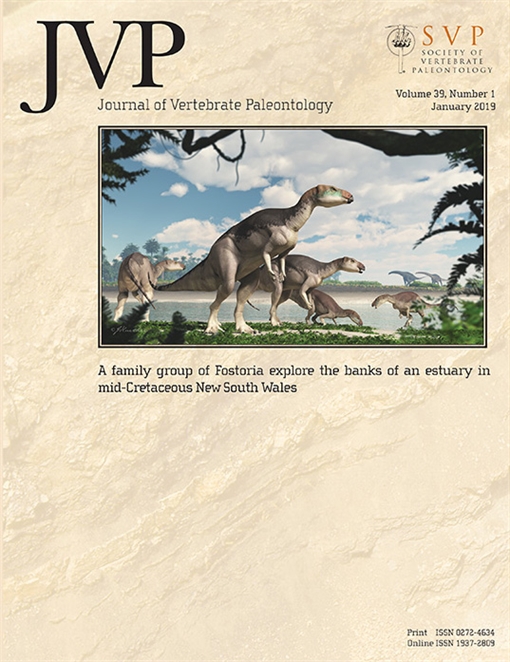Kentriodontids are small- to medium-sized odontocetes with a wide geographic range that flourished during the Miocene. They are closely related to crown Delphinida. Seven fossil kentriodontid specimens have been recovered from the Haraichi Formation, Annaka Group (latest middle/earliest late Miocene, Serravallian/Tortonian), Gunma Prefecture, Japan. We describe and diagnose a new species of the genus Kentriodon. Kentriodon nakajimai, sp. nov., has a larger fossa for the hamular and preorbital lobes of the pterygoid sinuses, which suggests that the species was more highly adapted for diving than other Kentriodon species. Asymmetric development of left and right maxillary crests indicates asymmetric development of the facial muscles attached to the melon. If this is the case, it suggests that K. nakajimai possessed a more sophisticated echolocation system than other kentriodontids. Phylogenetic analysis suggests that K. nakajimai is most closely related to K. obscurus and the genus Kentriodon may have originated in the Pacific and then dispersed into the Atlantic several times.
How to translate text using browser tools
22 August 2019
A New Species of Kentriodon (Cetacea, Odontoceti, Kentriodontidae) from the Miocene of Japan
Toshiyuki Kimura,
Yoshikazu Hasegawa
ACCESS THE FULL ARTICLE






